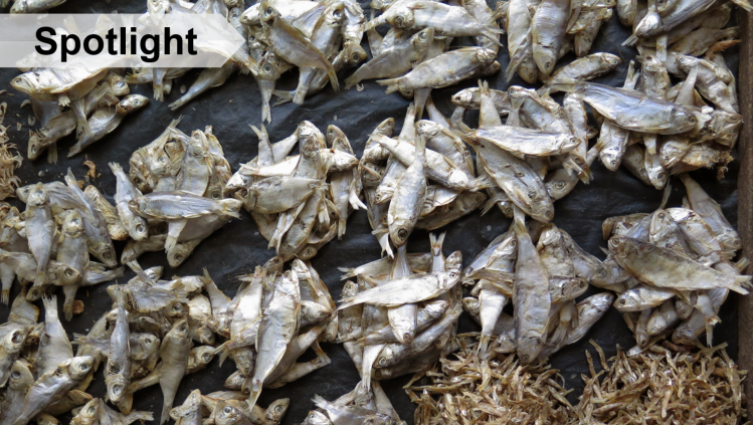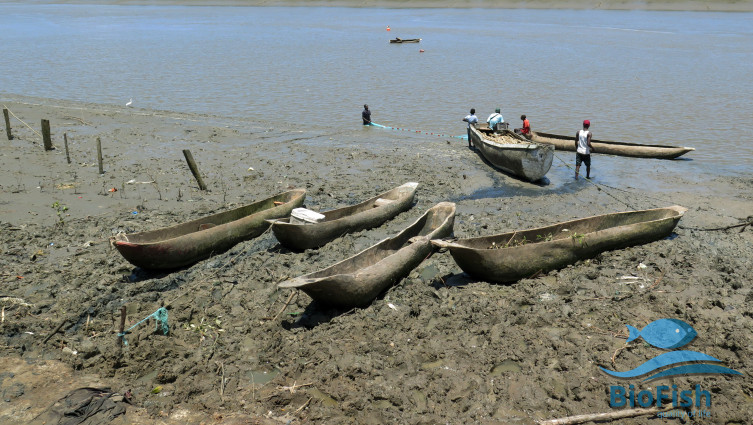Study is part of a project that aims to improve the quality of life of fishing communities in Quelimane, Mozambique
The Bons Sinais Estuary in Mozambique is daily used by local populations that depend on fishing for their livelihood, as a primary source of food. Despite the importance of fisheries in this area, there is no scientific information available (biological, ecological or socio-economic) to support a plan for sustainable fisheries management and long-term conservation of marine biodiversity. The article recently published by our researchers, as part of the BIOFISH-QoL project, with the collaboration of two Quelimane institutions provides biological information on 13 economically important fish species caught by fishing communities along the estuary.
The importance of estuaries in the fish life cycle
The estuarine ecosystem has an important role in the life cycle of fish, being used as a shelter, for feeding and breeding area. Many species of fish spend only a part of their life cycle in the estuary, usually in the early stages of development as larvae and juveniles. The abundance of juveniles in the captures suggests that most of these species use the Bons Sinais estuary as a feeding and growth area. Thus, the incidence of fishing on juveniles, through the use of fishing gear, such as nets and chicocota (fishing gear that uses very small nets, like mosquito nets, but which is fixed in areas against the current), can affect the recruitment of the adult population, and, consequently, the supply of fish for future generations that survive from fishing in the Bons Sinais.
Researchers concerned with the sustainability of fisheries resources
The main results of this study show that most of the species caught were juveniles and therefore were below their minimum capture size. Mozambique's Fisheries Law, which establishes the minimum net size for fishing gear, allows the capture of juveniles of several species of fish. This happens since this law was established on the basis of the size of shrimp catch, not fish catch. Although the net sizes used in the fishing gear comply with the Mozambican Law of Fisheries (Law 3/90 of 26 September 1990), it allows the capture of juveniles of all species studied, with capture rates ranging from 68% to 100% of juveniles in the sample composition.
Through the results of this study, researchers suggest that this law should be modified and that the use of non-selective fishing gear should be reduced, in order to collaborate with the fisheries management plan and the conservation of Mozambican fishing stocks.
You can read the full article HERE.



